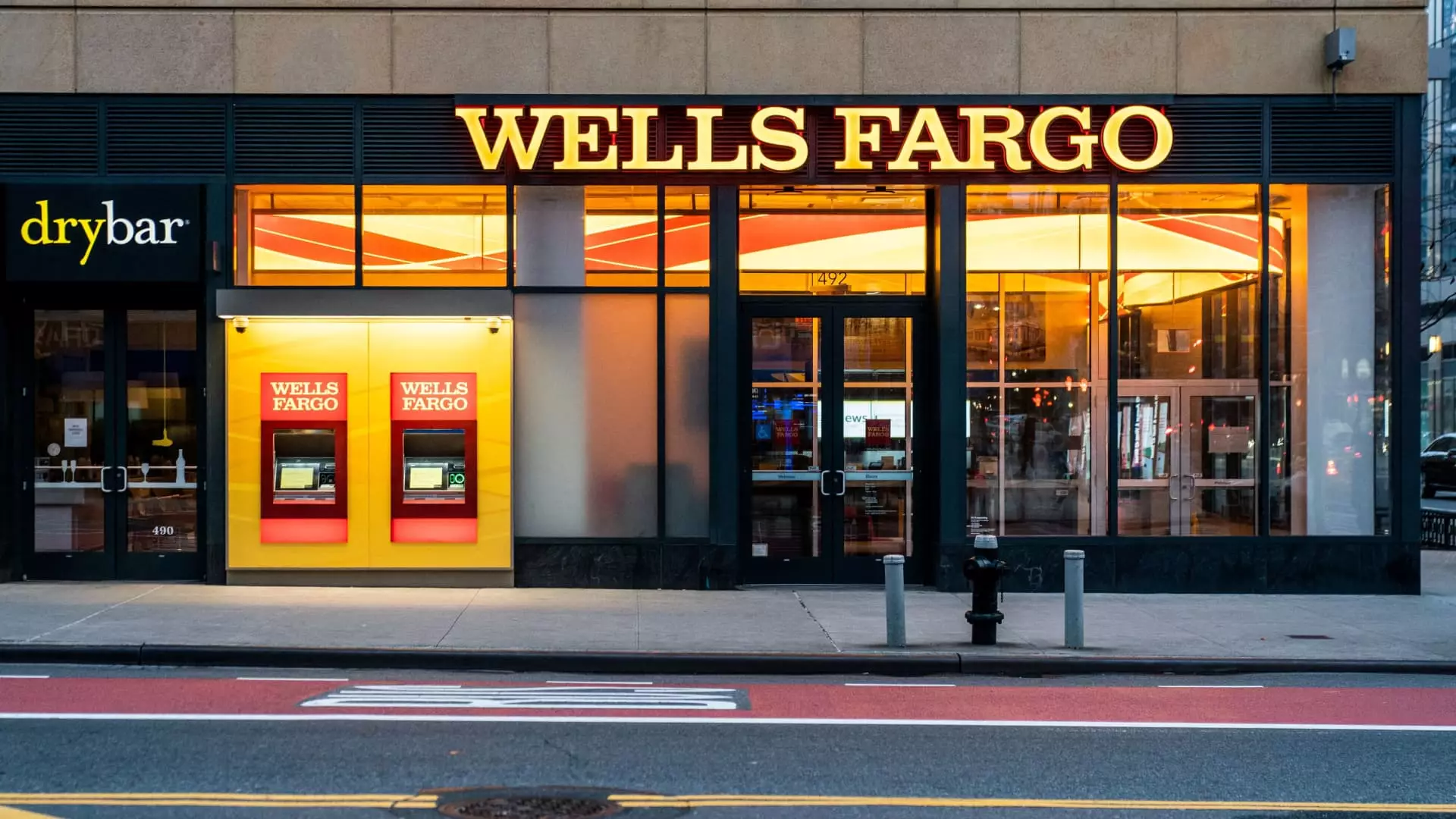Wells Fargo, a name that has resonated through the annals of American banking, faces a disturbing reality reflected in its latest quarterly earnings. Despite posting adjusted earnings per share of $1.33—beating analysts’ expectations of $1.24—the overarching narrative remains gloomy, marked by a spurious 3% drop in year-over-year revenue. Such a contraction, down to $20.15 billion against expectations of $20.75 billion, begs the question: is Wells Fargo maneuvering effectively through the turbulent waters of today’s economic landscape?
The Constant Tug of War
The bank’s performance reveals deep currents beneath the surface. Net interest income, essential for gauging a bank’s health, plummeted by 6% year-over-year, settling at $11.50 billion. On one hand, Wells Fargo managed to achieve a net income of $4.89 billion, up 6% from the previous year. However, this numerical gain rings hollow against the dramatic backdrop of declining revenues and squeezed profit margins. As a self-proclaimed player in the financial sphere, the institution is seemingly bound in a relentless tug of war between bolstering profits and contending with an ever-changing economic policy environment.
CEO’s Balancing Act
CEO Charlie Scharf’s remarks highlight both cautious optimism and legitimate concern regarding governmental actions, particularly those spawned from the Trump administration’s trade policies. Scharf’s assertions that a timely resolution to trade barriers is essential to safeguarding U.S. markets reveal an underlying volatility that could render the bank’s trajectory uncertain. While advocating for fair trade and diminishing obstacles is commendable, one must wonder if this focus distracts from more imminent threats lurking in the financial shadows.
Bullish Moves amid Recklessness
A curious juxtaposition arises with Wells Fargo’s decision to buy back 44.5 million shares worth $3.5 billion. On the surface, this looks like a confident endorsement of its own stock; however, one can interpret this as a bid to bolster a faltering image in the face of criticism and skepticism. In committing nearly a billion dollars to provisions for credit losses—which also included an unusual decrease in the credit loss allowance—the institution seems caught between ambitious strategies and a trepidatious outlook.
The Perils of Complacency
The implications of this earnings report run deeper than simple financial metrics. For a bank that has weathered scandals in recent years, lower-than-expected performance could erode consumer confidence further. The specter of economic uncertainty looms over Wells Fargo, as it navigates through potential storms brewing from government policy changes and banking regulations. Should the institution persist in its current strategies without addressing core issues, it risks becoming a relic in a progressively competitive landscape where only the adaptive will thrive.
Such circumstances necessitate a reflection for Wells Fargo; the bank must not only fine-tune its financial recalibrations but also reassess its broader strategic directives to avoid being relegated to the annals of what once was a great American financial institution. It is at this intersection of opportunity and peril that Wells Fargo stands, and the path it chooses will shape its future landscape in the years to come.

